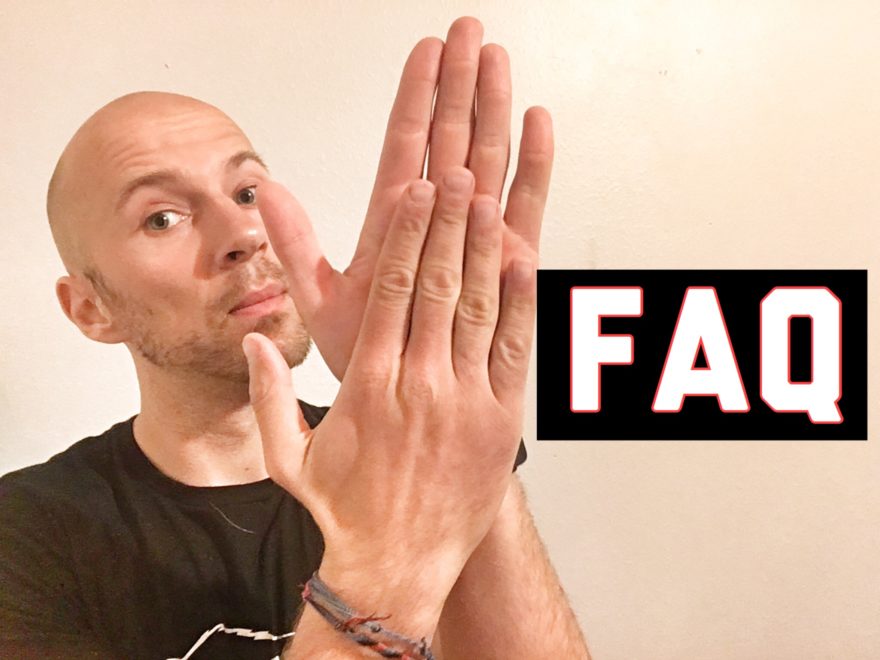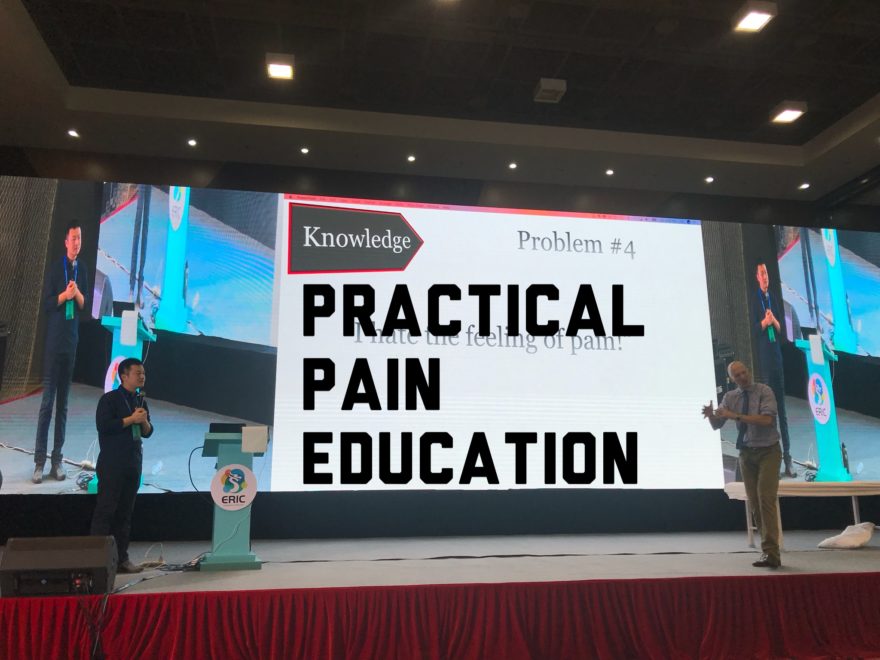Tag: pain
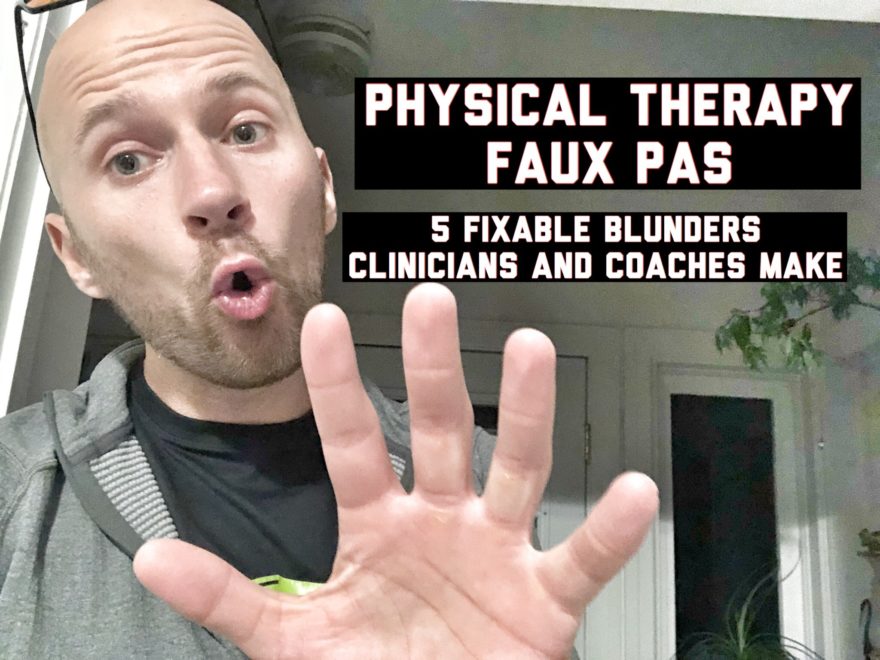
Physical Therapy Faux Pas: 5 Fixable Blunders Clinicians and Coaches Make
Faux Pas: (Noun) An embarrassing or tactless act or remark.¹ I’m not the greatest physical therapist. I make mistakes,…
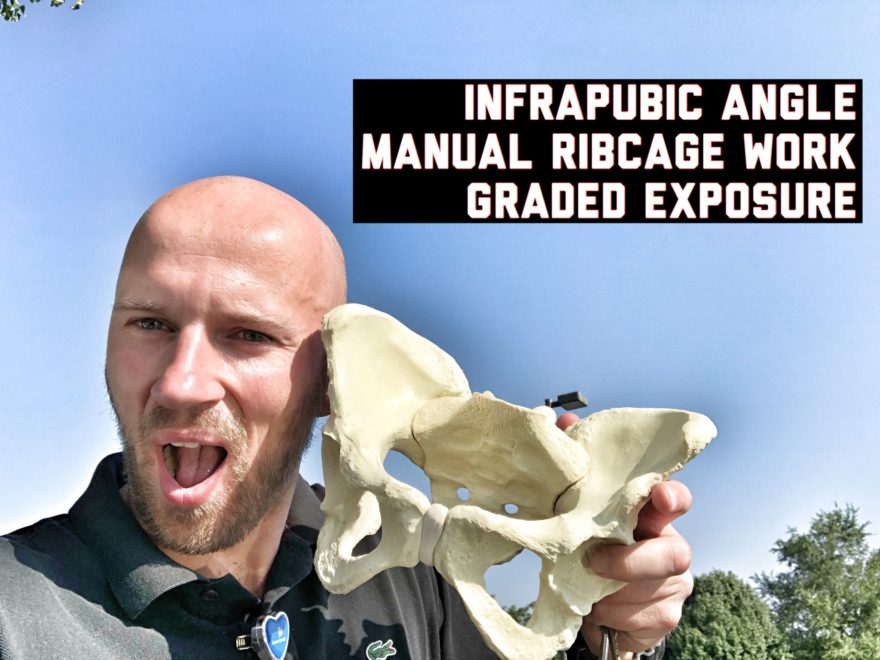
Infrapubic Angle, Manual Ribcage Work, and Graded Exposure – Movement Debrief Episode 60
Movement Debrief Episode 60 is in the books. Below is a copy of the video for your viewing pleasure, and…

July 2018 Links and Review
Every week, my newsletter subscribers get links to some of the goodies that I’ve come across on the internets. Here…
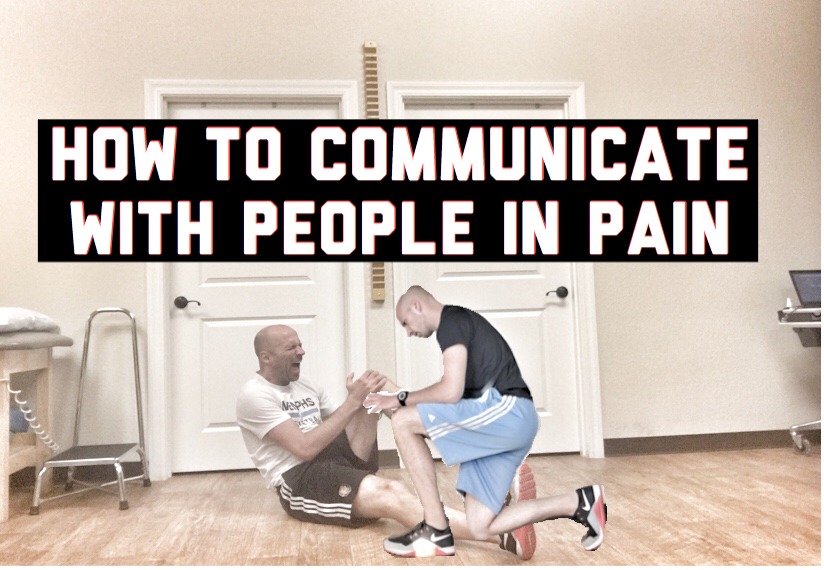
How to Communicate with People in Pain
Communicating with people in pain is a tricky situation. If you say the wrong thing, or act afraid amidst pain,…
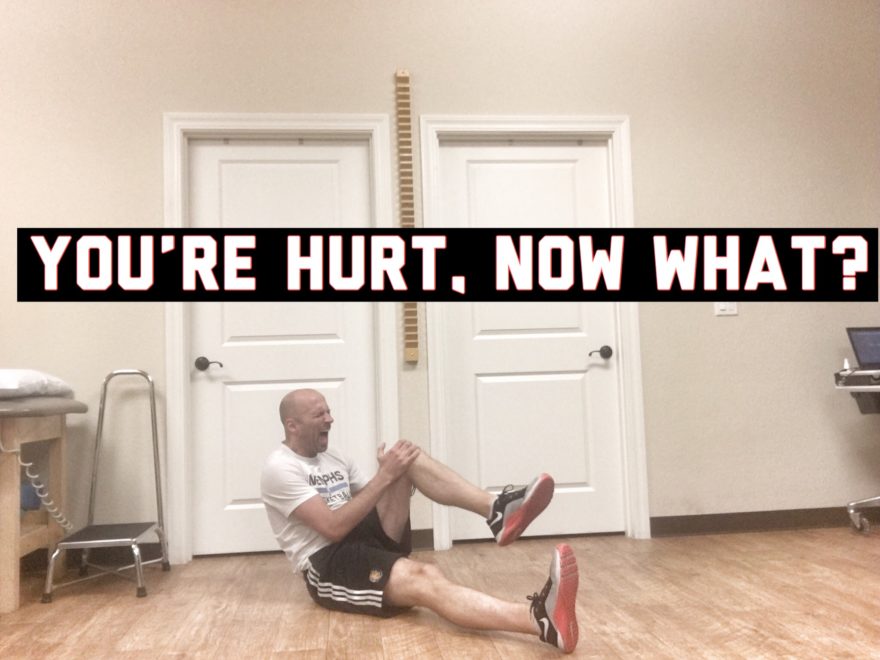
You’re Hurt, Now What?
Getting hurt. It happens. Many times when it does, your mind will end up racing. What should I do? Should…
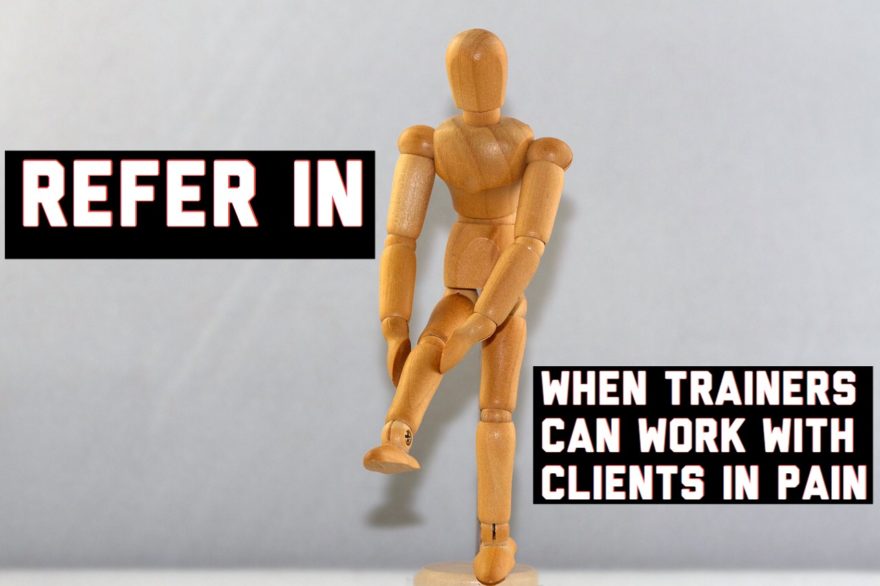
Refer In: When Trainers Can Work with People in Pain
It is a common recommendation to immediately refer clients in pain to a medical practitioner. However, immediate referral is oftentimes…

Top 10 Posts of 2017
At the end of each year, I like to see what you beautiful…sexy…outstanding people liked the most from the jazz…
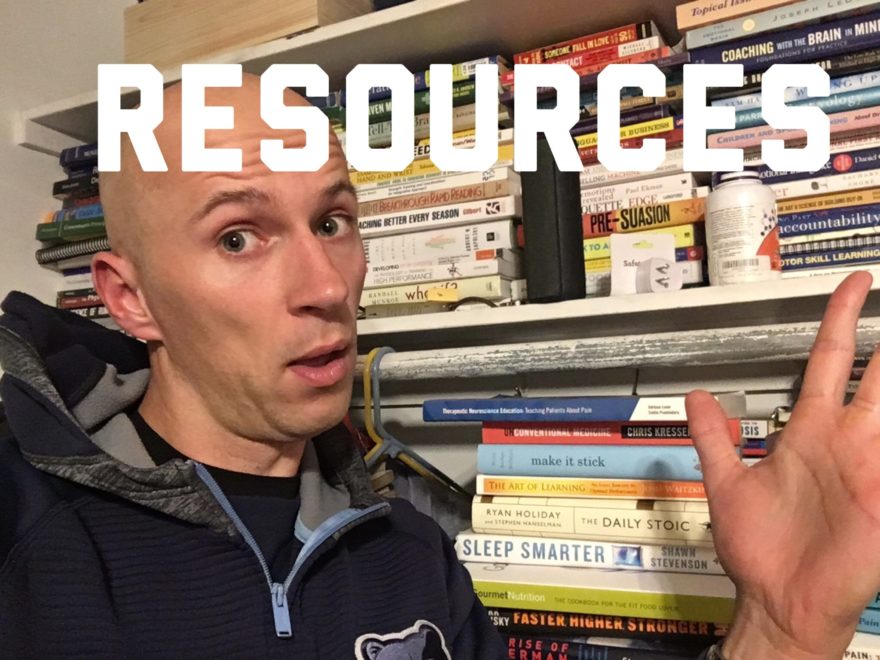
Recommended Resources
I oftentimes get asked what resources I recommend. The resources listed below have been essential at putting me down the…
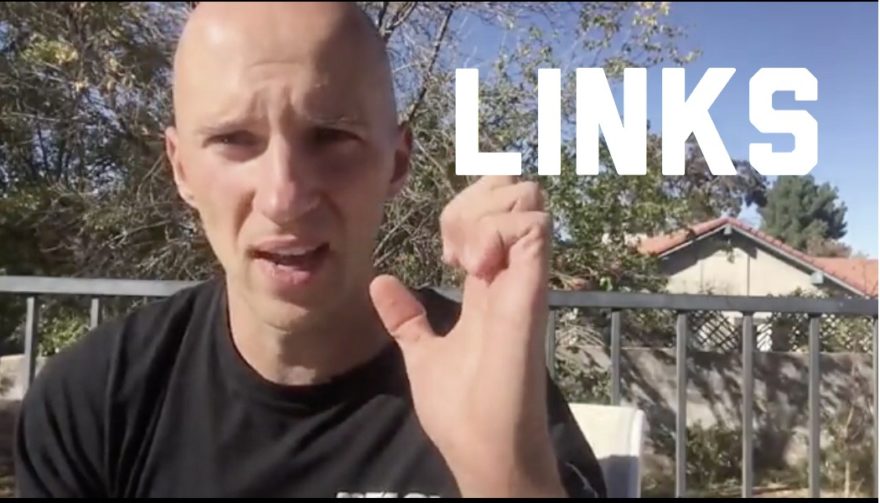
November Links and Review
Every week, my newsletter subscribers get links to some of the goodies that I’ve come across on the internets. Here…

The Guide to Travel Physical Therapy & Psychology – A Randy Bowling Movement Conversation
I recently had the pleasure of talking about all things travel PT and psychology with my dear friend, Randy “The…



